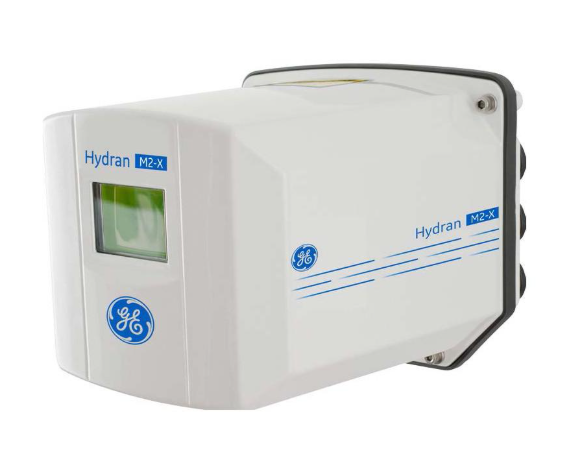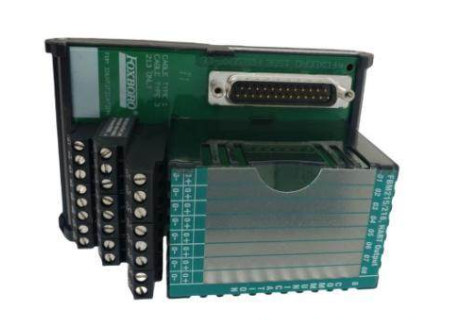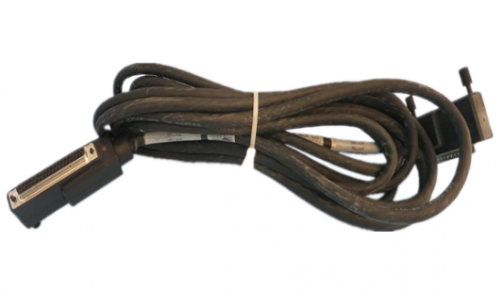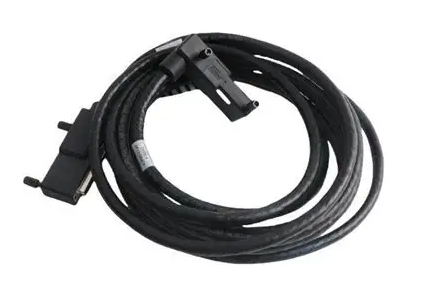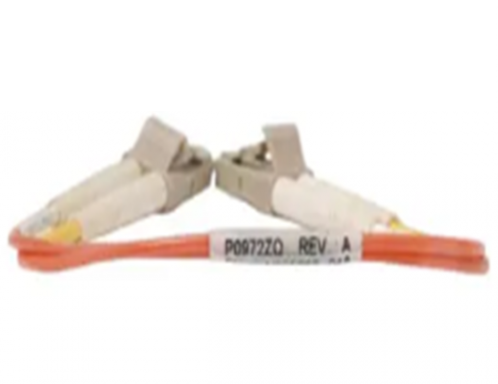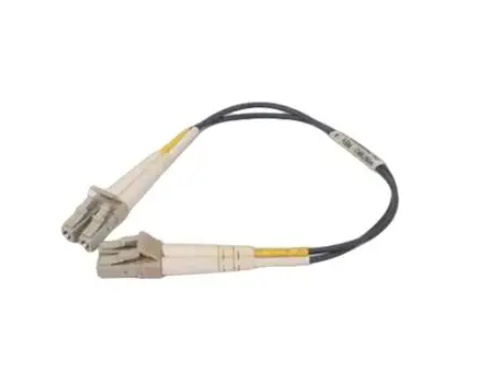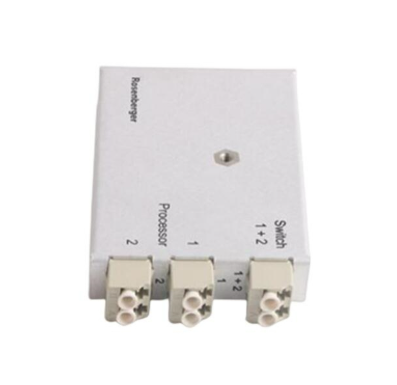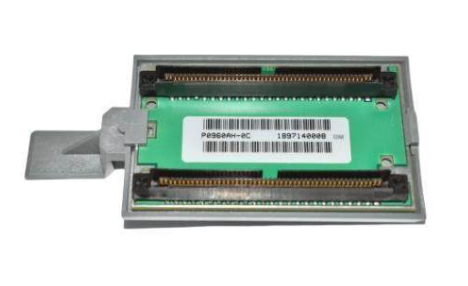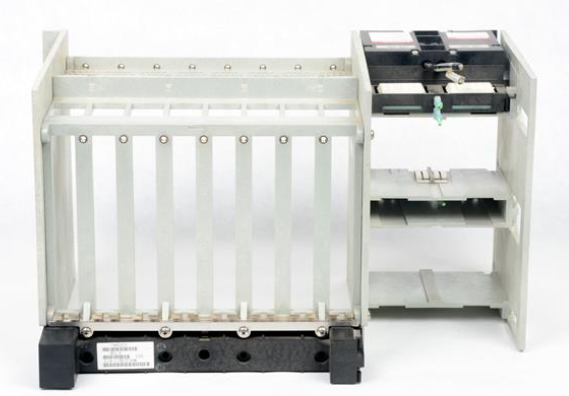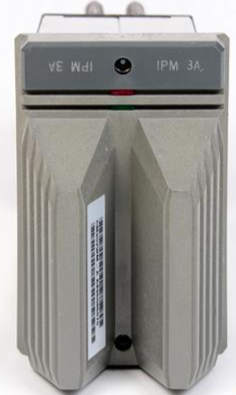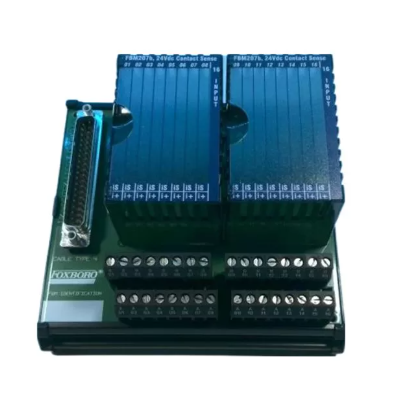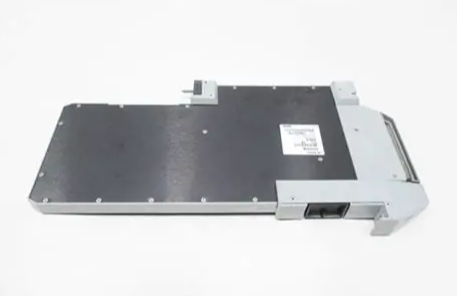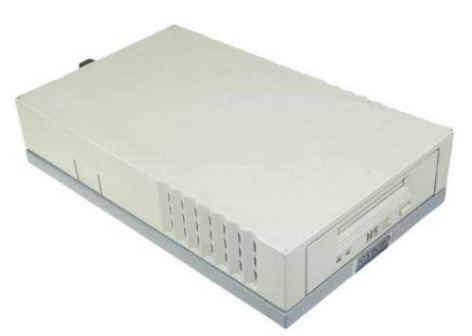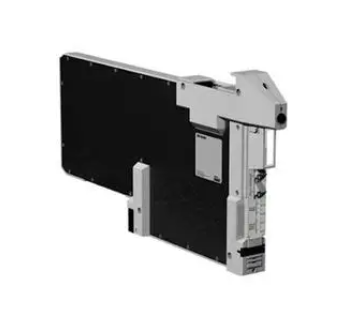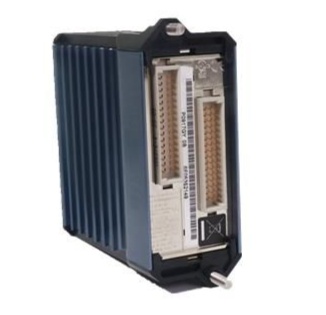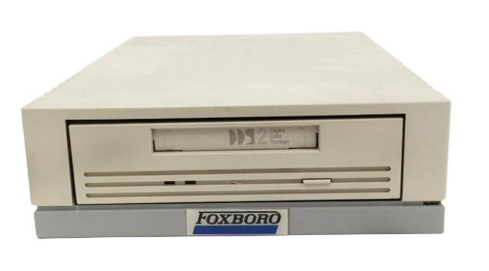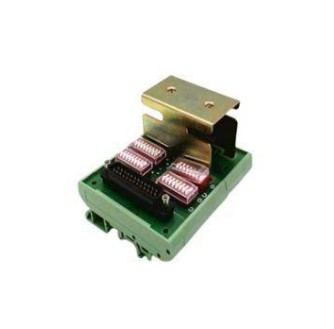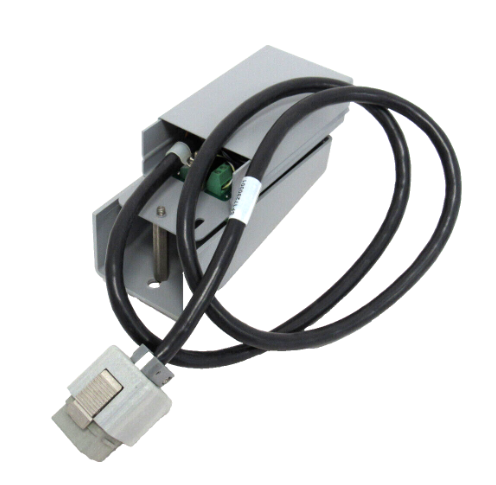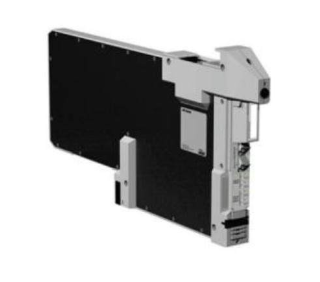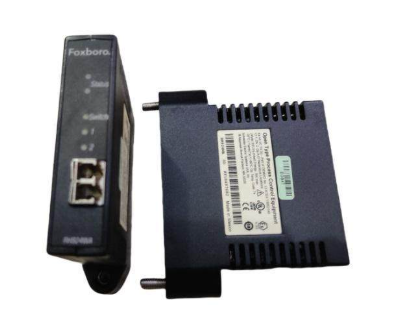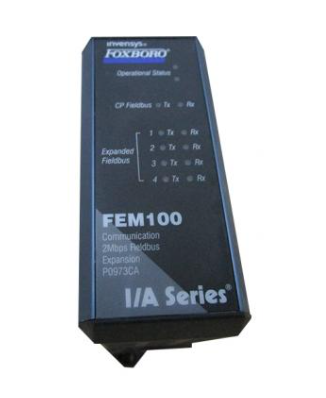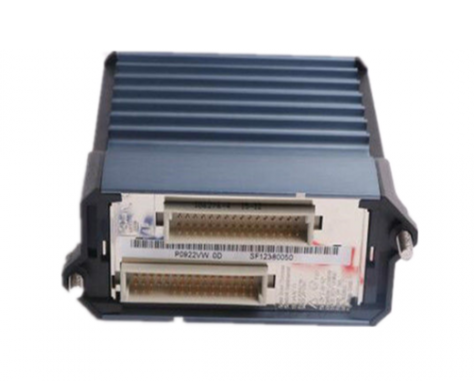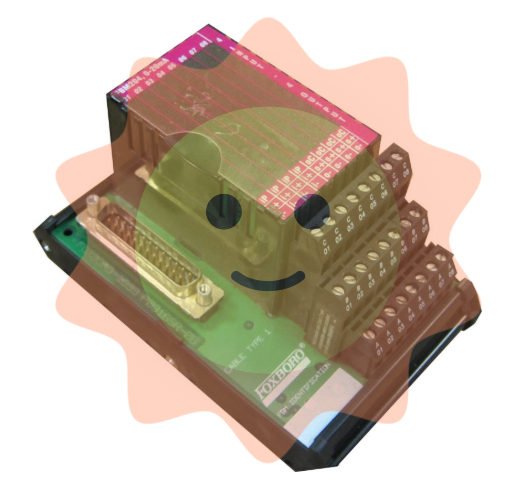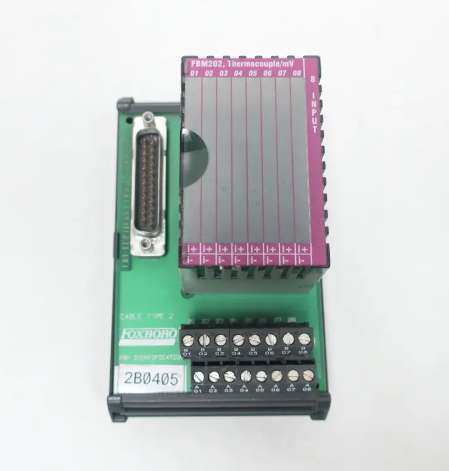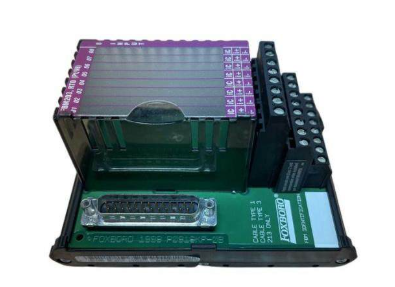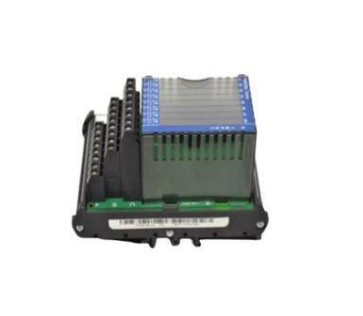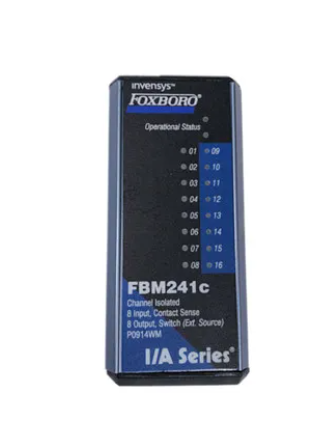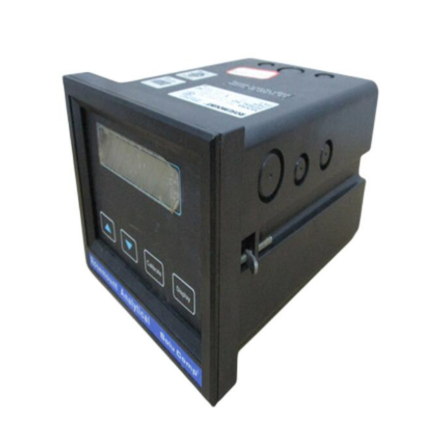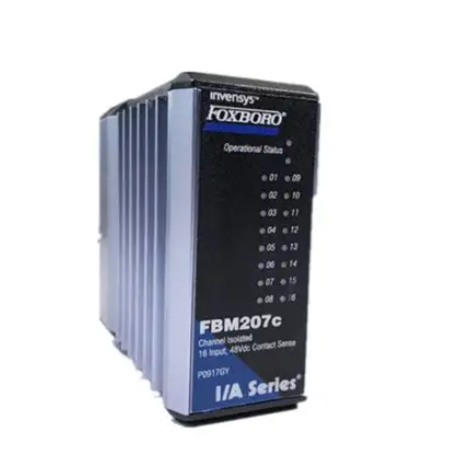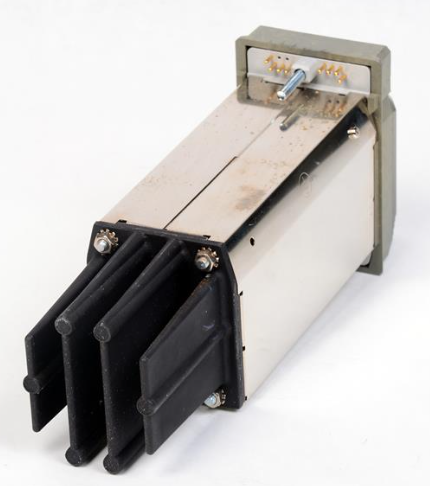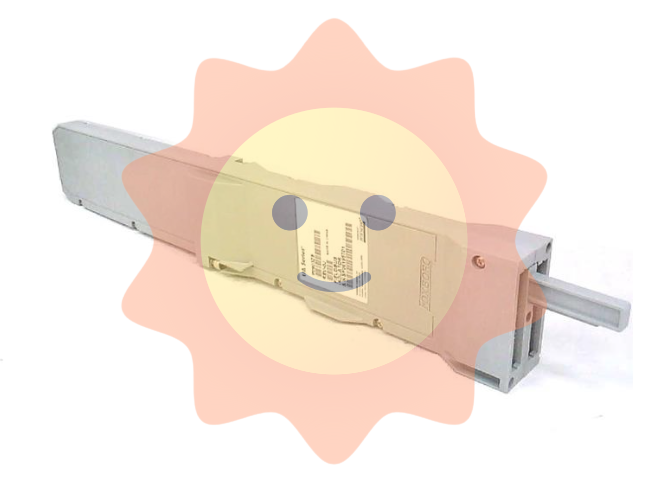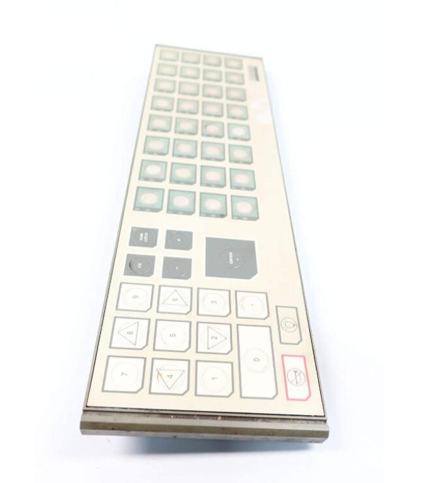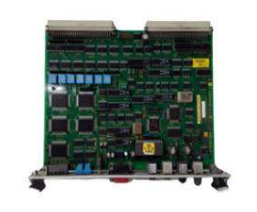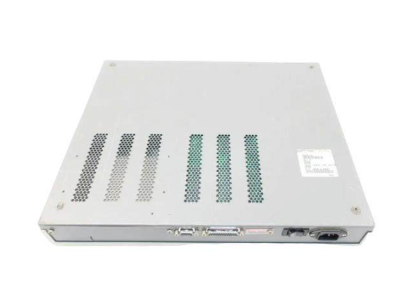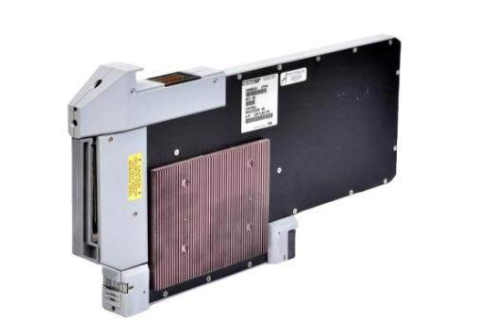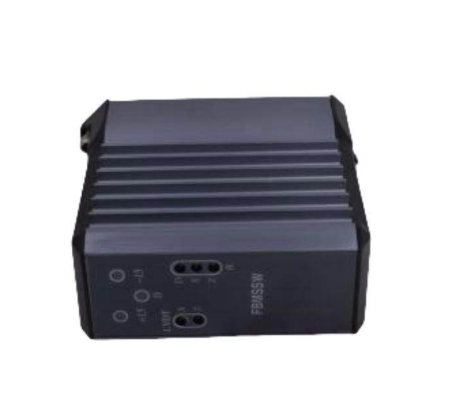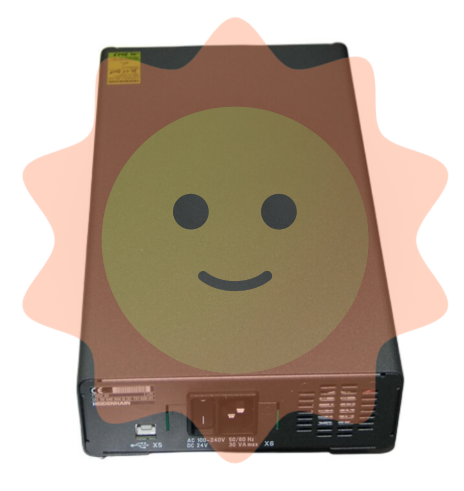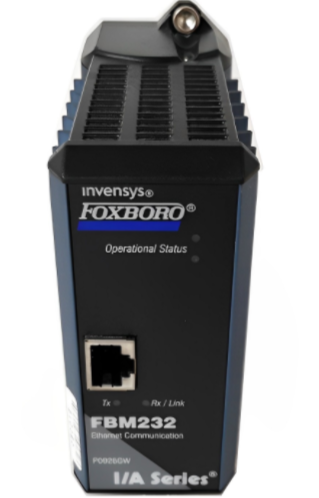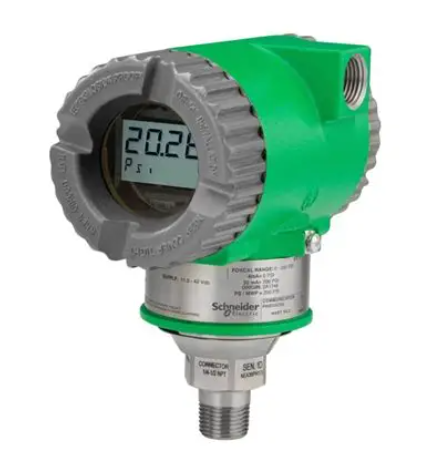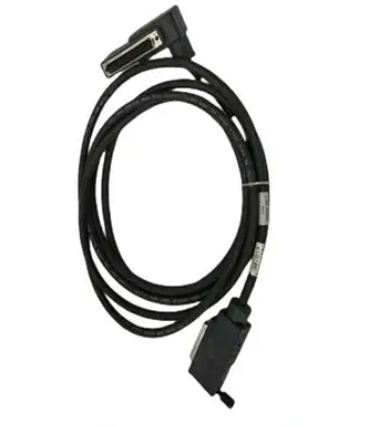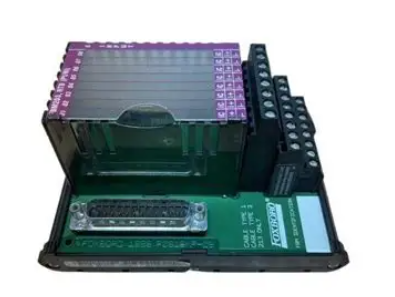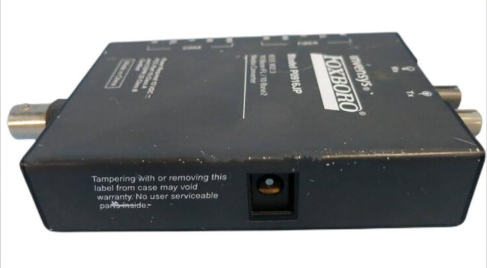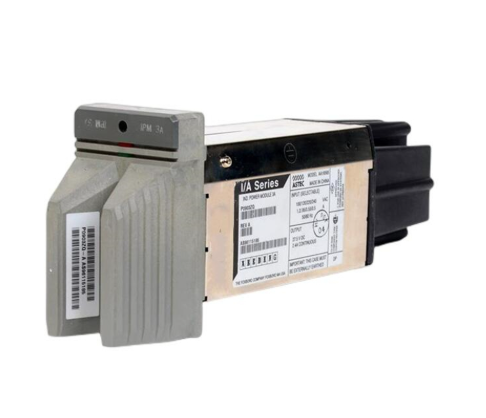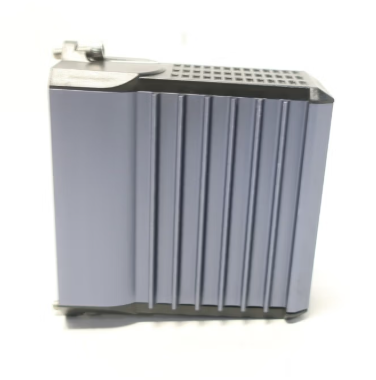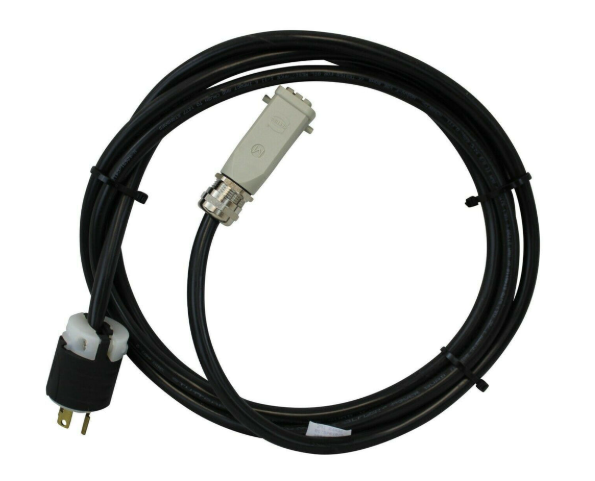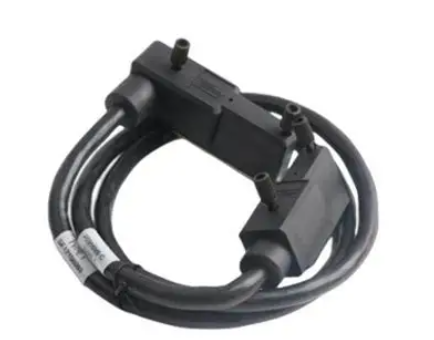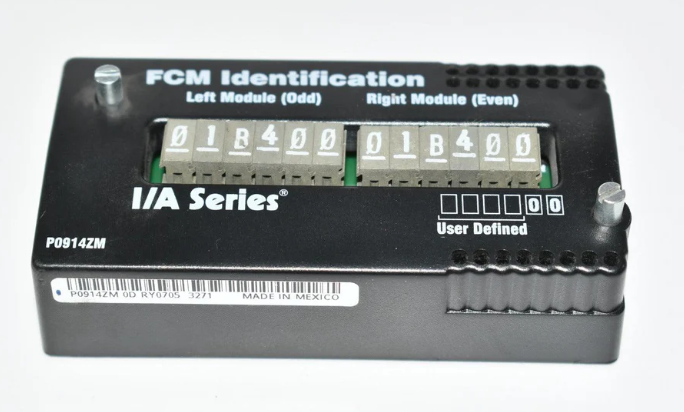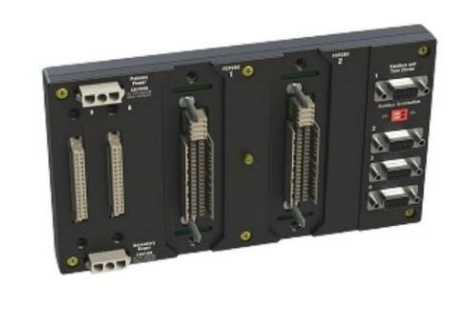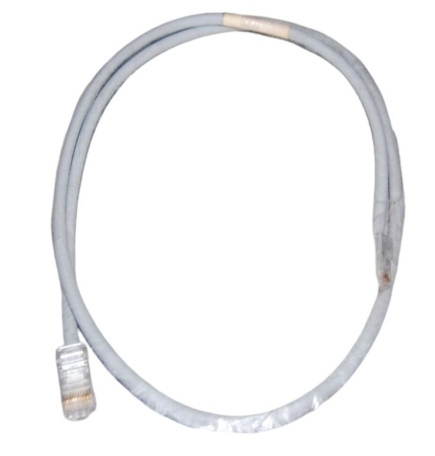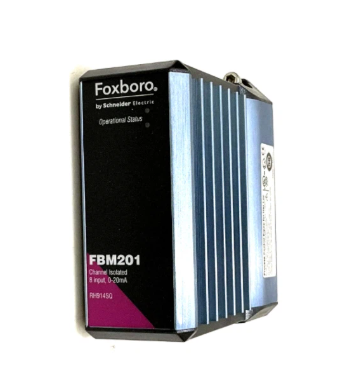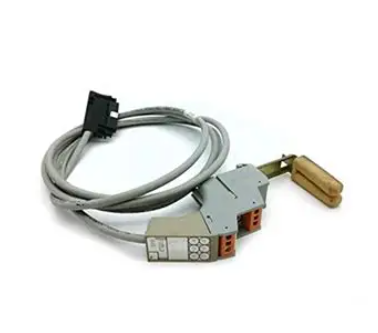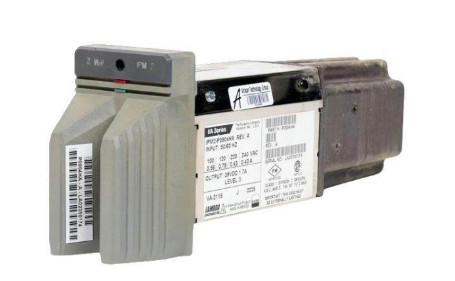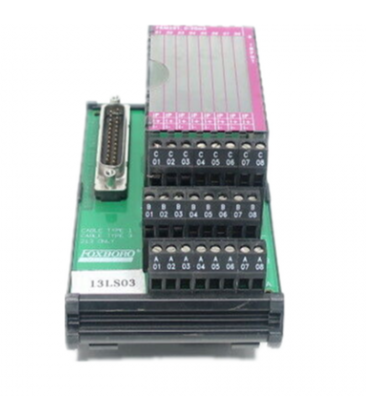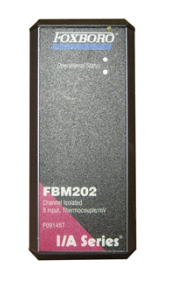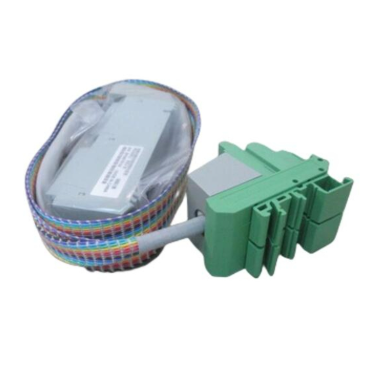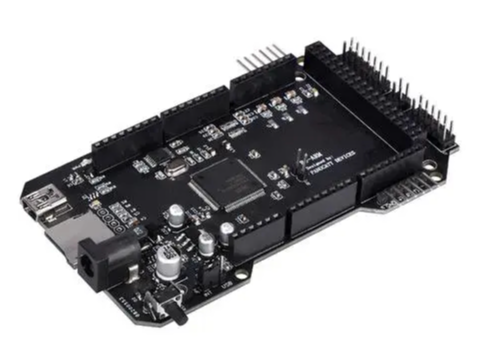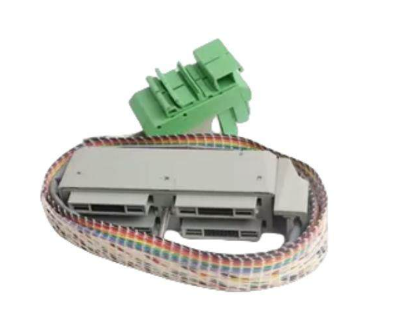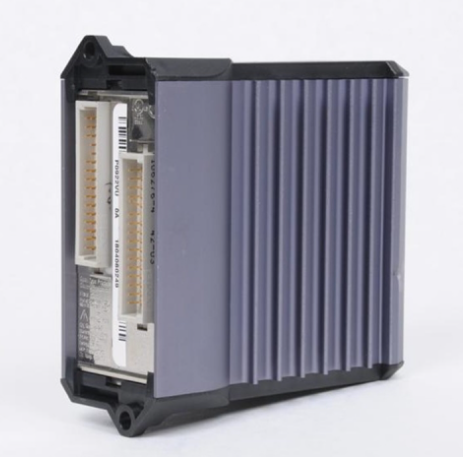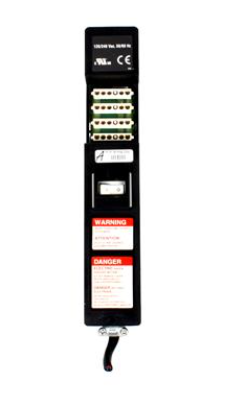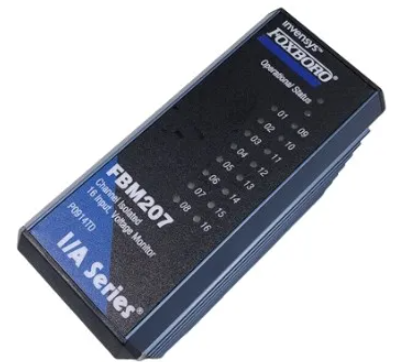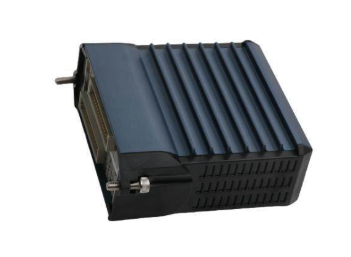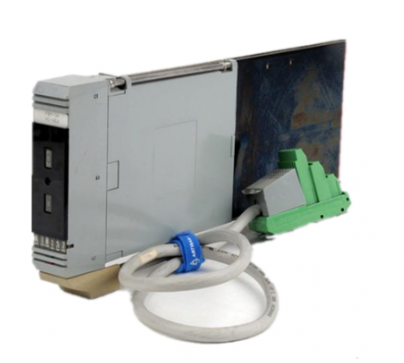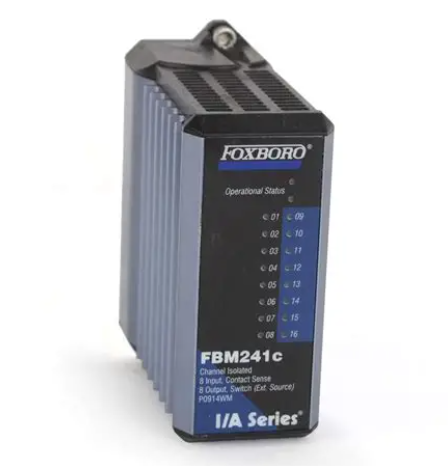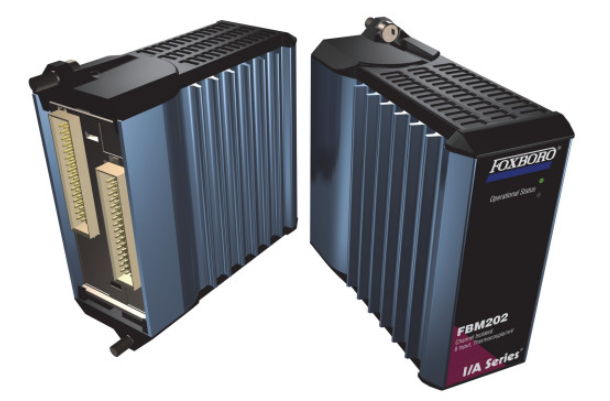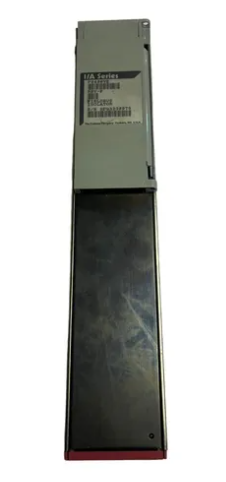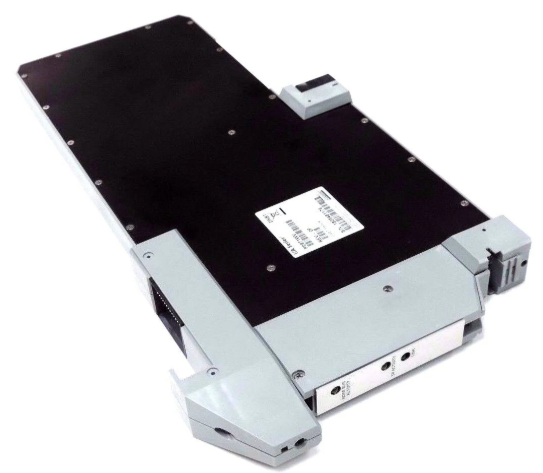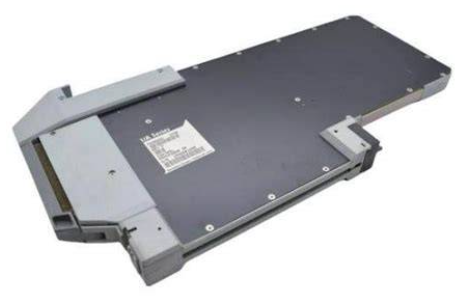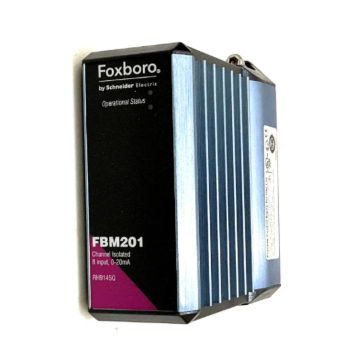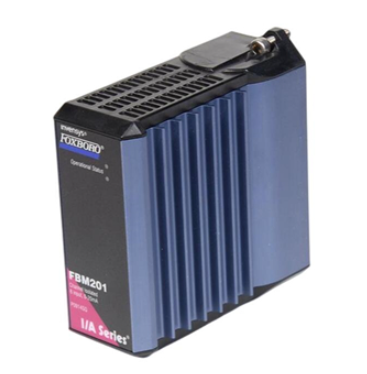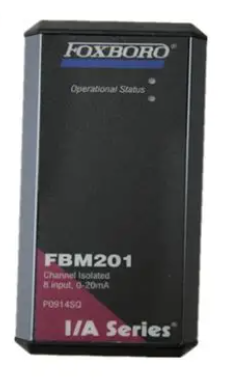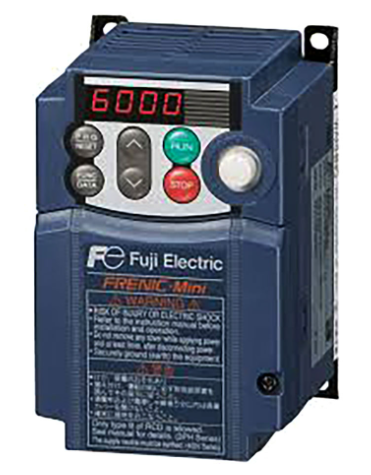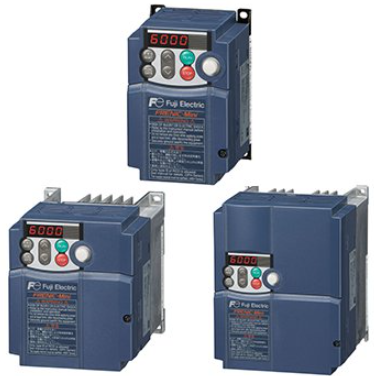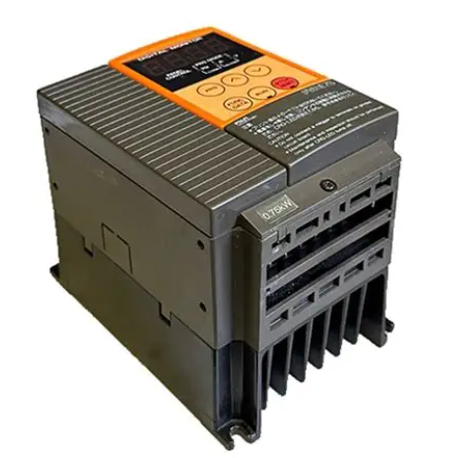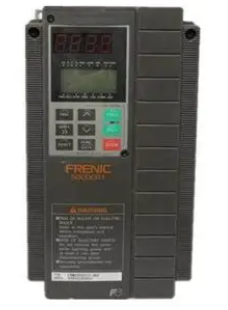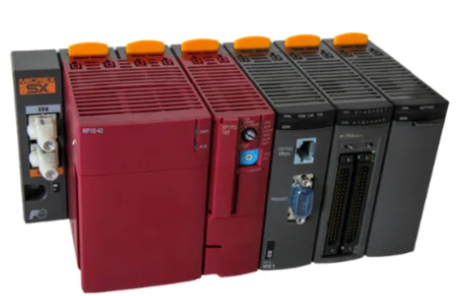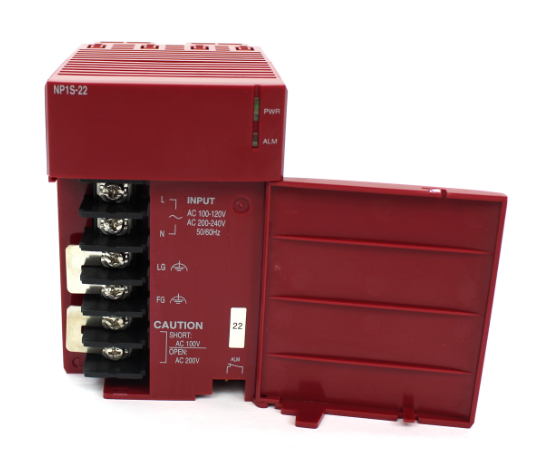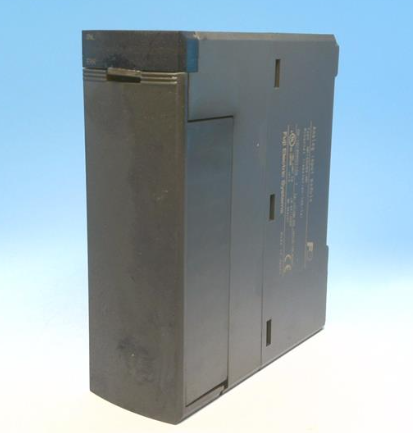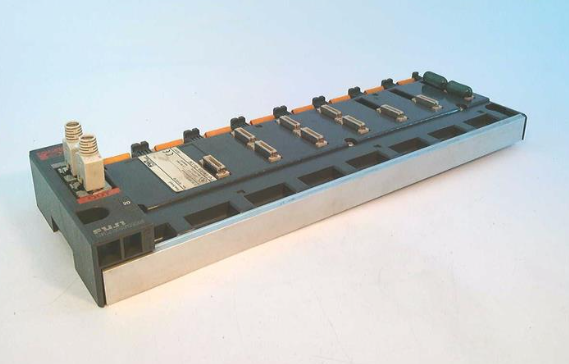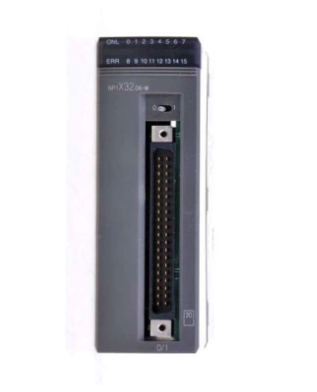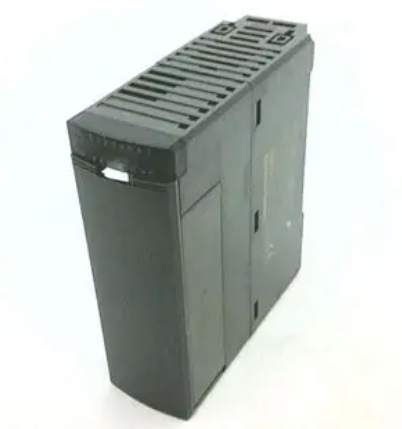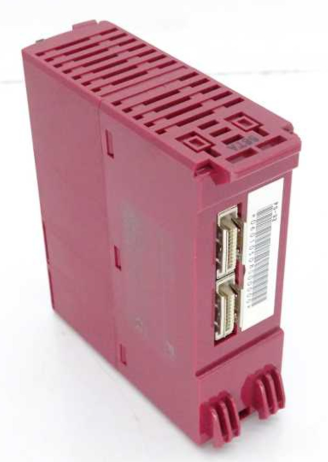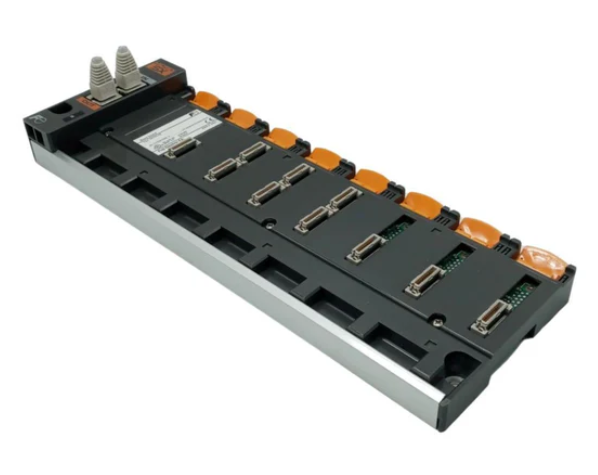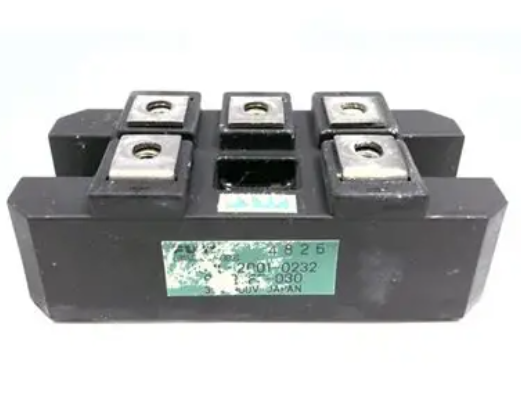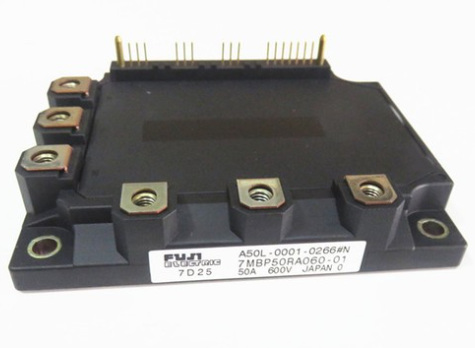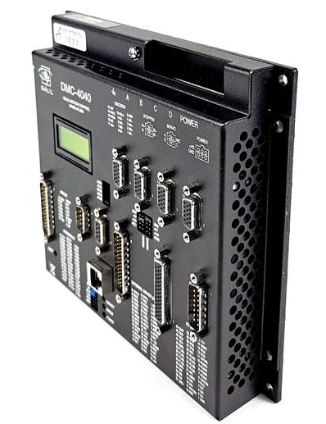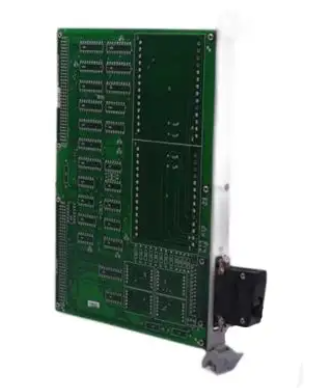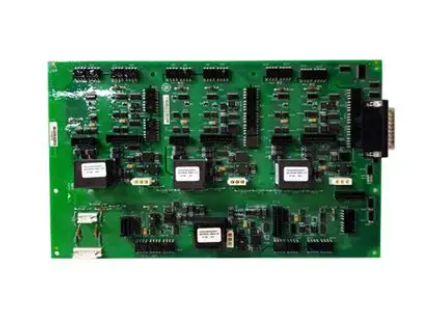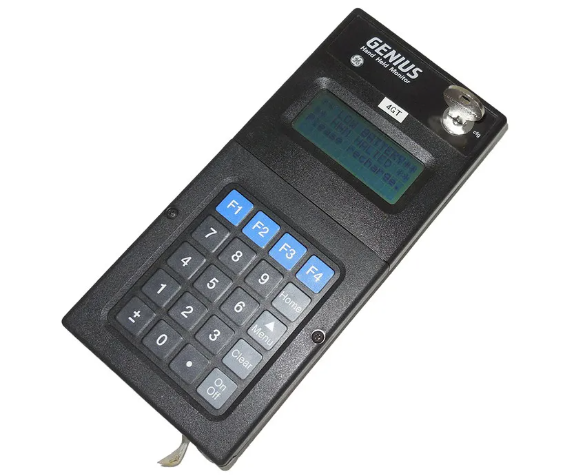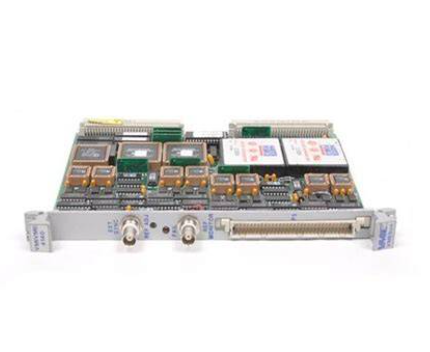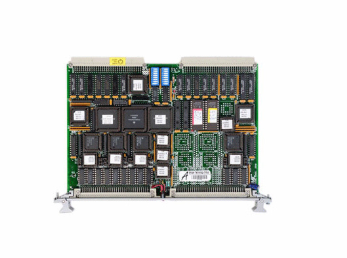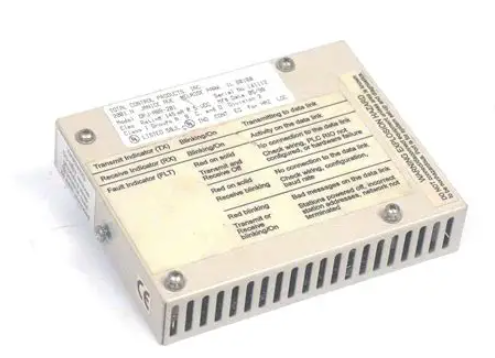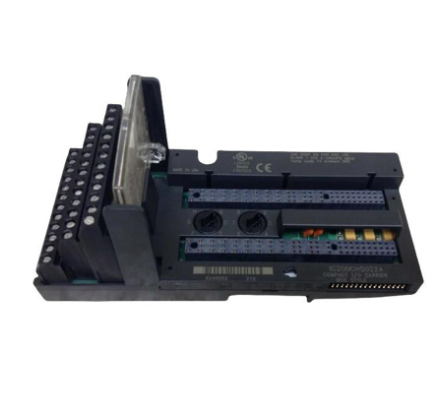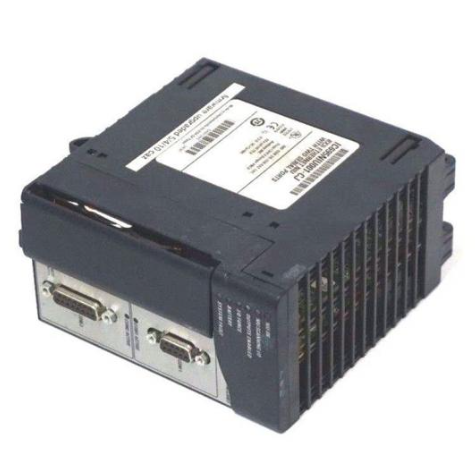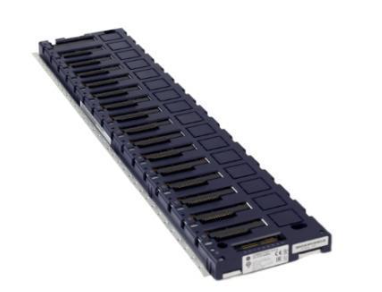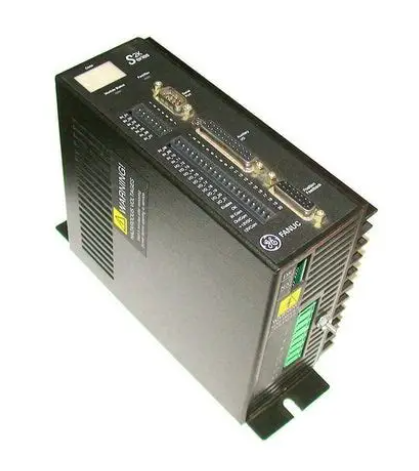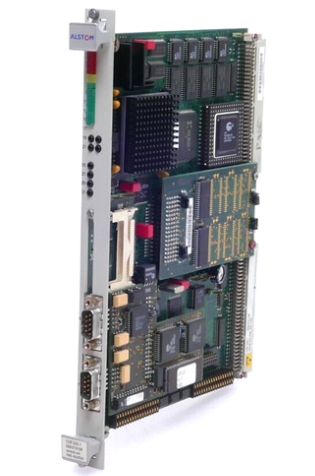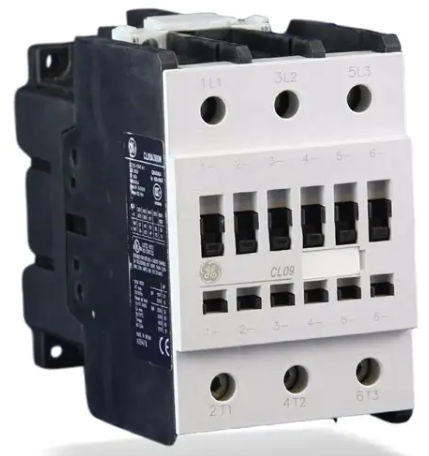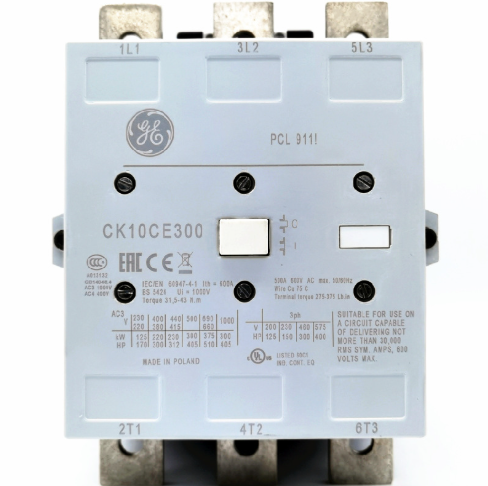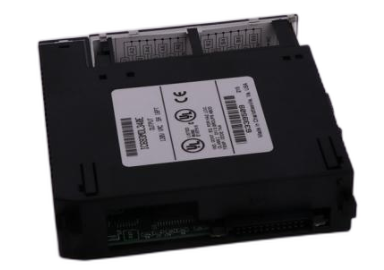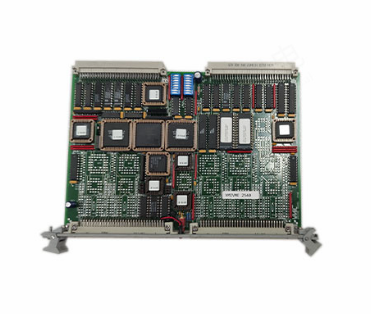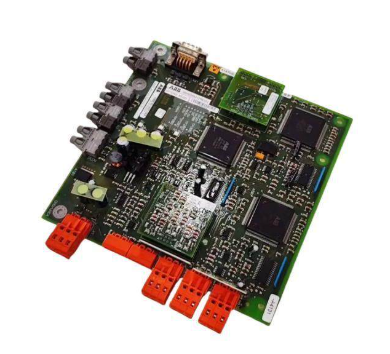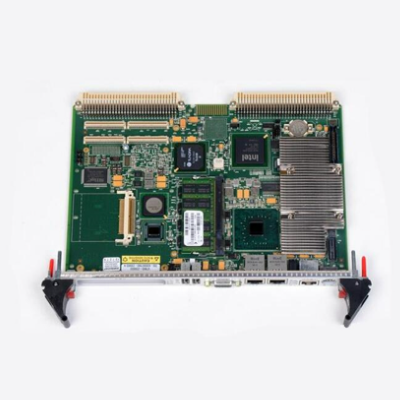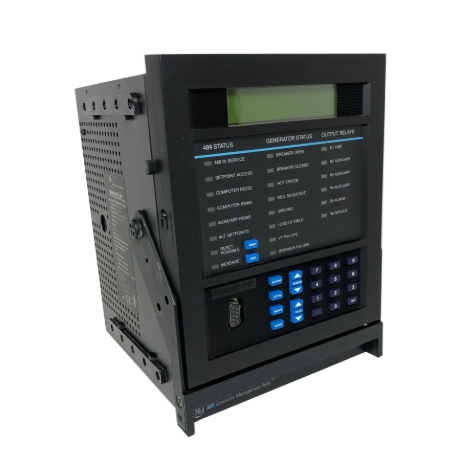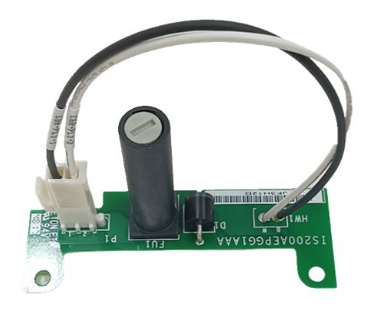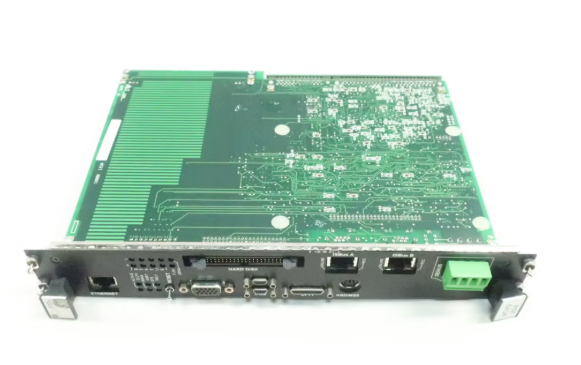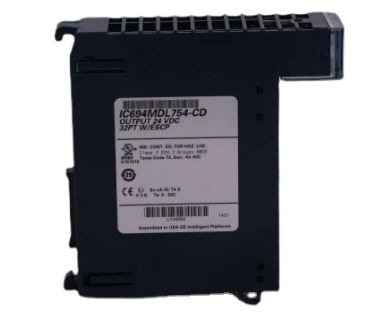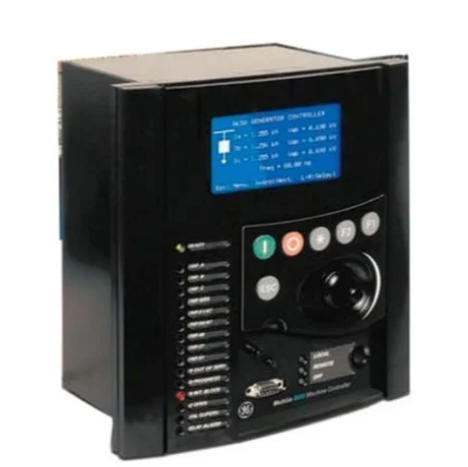2023 China chemical fiber industry in-depth research
Since 2023, China's economy has recovered, market demand has gradually recovered, and production supply has continued to increase. In this context, the chemical fiber industry as a whole in the pressure repair period, has shown a gradual recovery trend, but the industry supply and demand can effectively improve the operation of the industry can stabilize the key to recovery, is expected to experience a longer period of repair cycle.
Basic industry information
What is chemical fiber
The full name of chemical fiber chemical fiber refers to natural or artificial synthetic polymer compounds as raw materials, through the preparation of spinning stock, spinning and post-processing and other processes produced with textile properties of fiber, is widely used in people's clothing, food, housing and transportation aspects. In terms of raw materials, chemical fibers can be divided into man-made fibers and synthetic fibers.
Artificial fiber is made of wood, bamboo, pulp, waste cotton yarn and other natural cellulose materials as raw materials, after polycondensation or polycondensation reaction to synthesize organic polymer compounds, products include viscose staple fiber, viscose filament and acetic acid filament;
Synthetic fiber is a polymer made from petroleum, natural gas and coal through complex chemical reactions. Commonly used products include polyester, nylon, acrylic and spandex.

2. Basic characteristics of chemical fiber industry
Certain region
Chemical fiber industry has a certain regional. From a global point of view, chemical fiber production is mainly distributed in China, Europe, Japan, South Korea and other places. From the domestic point of view, the production of chemical fiber is mainly concentrated in Zhejiang, Jiangsu, Guangdong, Fujian and other places.
Lack of seasonality
Chemical fiber is widely used and involves many fields, and the seasonality is not obvious on the whole. Finally used in industrial, civil and other fields, so the industry's boom cycle and macroeconomic cycle has a certain correlation.
periodicity
The supply of raw materials in the upstream of the chemical fiber industry is affected by the price of crude oil, and the demand of the downstream textile industry is affected by factors such as the macroeconomic situation and changes in consumption levels, and has a certain periodicity.
Third, the upstream and downstream industrial chain of chemical fiber industry
The chemical fiber industry is located in the middle of the chemical industry chain. Its upstream is the petrochemical raw material industry, and its downstream is the textile industry.
Chemical fiber industry is a high-tech fiber manufacturing industry, and the downstream textile industry is very high correlation. Therefore, the development speed and product grade of the textile industry directly determine the development prospects of the chemical fiber market. At present, chemical fiber fabrics are mainly used in the manufacture of clothing, home textiles and other products.
1. Clothing
In recent years, as China's clothing consumption demand continues to shift to the consumption of fashion, culture, brands, and images, the clothing industry is facing the pressure of transformation and upgrading, and the growth rate of industry scale continues to decline. Data show that in 2022, China's clothing production of 23.2 billion pieces, down 3.4% year-on-year.
2. Home textiles
In recent years, with the improvement of people's income level, people's demand for quality of life is getting higher and higher, and home textiles have gradually become an important means for people to improve the quality of life and beautify the home environment from a single necessities. 2016-2022 China's home textile market from 203.6 billion yuan to 310.2 billion yuan.
Fourth, the production process
5. Cost ratio
In 2022, raw materials accounted for the highest proportion in the chemical fiber industry, which was 90.03%, depreciation, energy and labor wages accounted for 3.90%, 3.39% and 0.89% respectively. Compared with the same period last year, the proportion of raw materials increased by 0.84%, and the proportion of depreciation, energy and labor wages decreased by 0.40%, 0.25% and 0.16% respectively.
Industry status and competition pattern

First, chemical fiber industry status
The world chemical fiber industry is mainly concentrated in Europe, the United States, China, Russia and other countries.
In 1972, the world production of chemical fibers exceeded that of other fibers and became the largest variety of fibers, accounting for 85% of the fibers.
At present, China has become the world's largest chemical fiber production country, in 2019, China's chemical fiber production reached 30.48 million tons, accounting for more than 70% of the world's chemical fiber production.
1. Regional distribution
Zhejiang's outstanding production: By provinces and cities, Zhejiang's chemical fiber production in 2022 accounts for 48.65% of the country's total chemical fiber production, ranking first in the country; The production of chemical fiber in Jiangsu accounted for 23.91% of the total production of chemical fiber in China, ranking second in the country. Fujian chemical fiber production accounted for 15.30% of the total chemical fiber production in the country, ranking third in the country.
2. Output
China is a major producer of chemical fiber. In recent years, the output of chemical fiber in China has shown a rapid growth trend. At present, the agglomeration effect of China's chemical fiber textile industry has become prominent, and Zhejiang, Jiangsu and Fujian are the main chemical fiber textile industry agglomeration areas. In 2021, China's chemical fiber production reached 67.085 million tons, an increase of 5.406 million tons from 2020, an increase of 8.8%. In 2022, the national output of chemical fiber was 66.978 million tons, down 1% year-on-year.
3. Business income
From 2018 to 2022, the operating income of enterprises above designated size in China's chemical fiber industry showed an overall growth trend. The data show that in 2021, the operating income of enterprises above designated size in China's chemical fiber industry was 766.28 billion yuan, an increase of 24.1%. In 2022, the operating income of enterprises above designated size in China's chemical fiber industry was 1,011.66 billion yuan, an increase of 10.7%.
In the first half of 2023, although the economic benefits of the chemical fiber industry are still in a declining state, they have begun to gradually repair. The year-on-year decline in revenue and profit has gradually narrowed, and the growth rate of loss of loss-making enterprises has also shown a downward trend. Overall, the profitability of the industry in the second quarter increased compared with the first quarter, mainly due to the impact of the Spring Festival in the first quarter, and the impact of factors such as the high base of the same period last year and the high oscillation of the price of crude oil and chemical fiber main raw materials.
4. Total profit
Affected by the fluctuation of crude oil prices and the overall market demand, the total profit of China's chemical fiber industry has fluctuated in the past two years. Data show that the total profit of China's chemical fiber industry in 2021 is 62.89 billion yuan, an increase of 149.2%; In 2022, the total profit of China's chemical fiber industry was 24.1 billion yuan, down 62.2% year-on-year. From this overall point of view, the overall pressure operation of China's chemical fiber industry in 2022.
5. Import and export volume
According to the statistics of China Customs, the total import volume of chemical fiber main products from January to June 2023 decreased by 14.5% year-on-year; Exports increased by 17.4% year-on-year, 8.68 percentage points higher than the growth rate for the whole of last year. Among them, the export of polyester filament increased by 25.9%. First, chemical fiber enterprises actively expand overseas markets; Second, under the influence of India's BIS certification, manufacturers raced ahead of schedule, and exports of polyester filament to India increased by 165% year-on-year, and India became China's largest market for polyester filament exports, accounting for 14.9% of total exports. Exports of nylon, acrylic fiber, viscose fiber and spandex all decreased year-on-year. In addition, polyester bottle flake exports are still growing, but the growth rate slowed down, up 2.9% from January to June.

2. Characteristics of market competition
At present, China's chemical fiber industry market competition is relatively full, and there are a large number of enterprises in the industry. According to national statistics, by the end of 2022, the number of enterprises above designated size in China's chemical fiber industry has reached 2,167. However, most of the production scale of enterprises is small, except for a few enterprises such as Rongsheng Petrochemical to reach the world-class level, most of the chemical fiber production enterprises in the annual production scale of about 10,000 to 20,000 tons, many chemical fiber production enterprises in the annual production scale of less than 10,000 tons.
However, in recent years, thanks to more and more chemical fiber enterprises have extended their development tentacles to the capital market, and have become bigger and stronger with the power of the capital market, making the industry concentration gradually improve. Relevant data show that by 2022, there are more than 30 listed companies in China's chemical fiber enterprises, such as Rongsheng Petrochemical, Hengyi Petrochemical, Hengli Petrochemical, Tongkun Shares and other enterprises. The total capacity of 10 leading enterprises in the industry accounts for more than 60% of the total scale. However, the current market concentration is still small, it is expected that with the tightening of environmental protection policies, the intensification of market competition, and China's large-scale industrial restructuring, the future chemical fiber industry will enter the era of large-scale corporate mergers and acquisitions, and the market concentration of chemical fiber industry will also be improved.
Future development trend
Since the beginning of this year, the national economy has continued to recover, and the overall recovery has turned positive, with GDP growing by 5.5% year-on-year from January to June. The Political Bureau of the CPC Central Committee pointed out at a meeting on July 24 that the current economic operation is facing new difficulties and challenges, mainly due to insufficient domestic demand, the operation of some enterprises is difficult, there are many risks and hidden dangers in key areas, and the external environment is complex and severe. The meeting proposed that "we should accurately and effectively implement macro-control, strengthen counter-cyclical adjustment and policy reserve", which will provide impetus for the recovery of internal economic momentum.
From the perspective of the raw material side: in the benchmark case, the international oil price maintains the current range of fluctuations, the seasonal demand support in the third quarter of 2023 is relatively strong, and the fourth quarter or slightly weaker. From the perspective of the capacity matching of the chemical fiber industry chain, the new capacity of the main raw materials of chemical fiber, such as PTA and CPL, is greater than the new capacity of fiber, so the cost of raw materials is relatively loose, which will contribute to the restoration of industry profits.
From the supply side: the chemical fiber industry originally planned to put into production in 2022 due to market problems, part of the delay to 2023, making 2023 annual production capacity again concentrated, is the most incremental year in recent years. Therefore, before the effective growth of demand, industry enterprises should focus on controlling new production capacity, strengthen industry self-discipline, and avoid further escalation of the contradiction between supply and demand in order to maintain the sustainable and stable development of the chemical fiber industry.
From the demand side: the domestic market has a stable recovery basis, policies to boost consumer confidence, can focus on home textile consumption. In terms of export sales, the export market of textile and apparel is under great pressure, but the export of chemical fiber products is still expected to grow steadily.

Looking forward to the whole year, the operation of the chemical fiber industry is expected to improve, but whether the supply and demand relationship of the industry can effectively improve has become the key to whether the operation of the industry can stabilize and rebound, and it is expected that it may experience a long period of repair cycle. Only from the point of view of data indicators, due to the low base in the fourth quarter of last year, the growth rate of various indicators in the second half of this year is expected to be better repaired.
Industry advice
The barriers of the chemical fiber industry mainly include product development barriers and production process barriers, customer barriers and financial barriers.
Product development barriers: high-performance, multi-functional, differentiated fiber production enterprises need to develop for different raw material characteristics and different application fields in order to adapt to the special needs of different downstream customers, and thus have high product development barriers.
Specifically, first of all, enterprises are required to have deep technical precipitation and rich industry experience, can accurately grasp the key points of customer demand and technical translation and conversion, and develop customized products that meet specific technical indicators and market applications. Secondly, the product development needs professional knowledge of polymer materials science and other professional knowledge, the research and development process needs repeated trials and formula debugging, R & D personnel need to have rich industry experience in order to ensure the smooth development of products.
At the same time, in order to make the product have a certain specific function and special requirements, it is also necessary to adjust the production equipment and process parameters accordingly, so that the production process can be effectively and accurately controlled. Therefore, the ability to develop products has become an important barrier for new enterprises to enter the industry.
Production process barriers: First, the production of high-performance index products, from the treatment of raw materials, to the spinning process of temperature, pressure, extrusion speed, cooling wind temperature, wind speed and other parameters need to be refined control, the need for enterprises to adjust their own production equipment, constantly optimize the process and accumulate production experience.
The second is the need for enterprises to develop and design processes for product performance, and further specialized transformation of production equipment to improve the applicability, quality and stability of production. Therefore, new entrants will face high production process barriers.
Customer barriers: From the perspective of the application market segments of high-performance, multi-functional and differentiated fibers, the cooperation relationship between the supply and demand parties is relatively stable, which forms certain barriers for new entrants.

Here's why: On the one hand, due to the differences in processes, raw materials, equipment, etc., there will be subtle differences in the performance indicators of products produced by different enterprises. If the downstream textile enterprises change suppliers, they need to adjust and match their own processes, equipment parameters, etc., and the adjustment difficulty and cost of changing suppliers are relatively high. Downstream enterprises usually choose relatively stable suppliers to avoid frequent adjustments in order to improve production efficiency and ensure long-term stability of product quality.
On the other hand, for specific functional and differentiated products, upstream and downstream enterprises have deep technical exchanges and cooperative development in product final application and production matching, and the cooperative relationship is relatively stable, and downstream enterprises will not easily change suppliers. As a result, the differentiated, functional fiber segment has high customer barriers.
Financial barriers: In order to ensure the stability of product quality and supply, enterprises in the industry need to have a certain safety stock of raw materials. In addition, as the main raw materials of the industry are petrochemical products, their prices fluctuate with the international crude oil prices, and it is necessary to increase a certain amount of raw material reserves when the crude oil prices rise rapidly, and the main producers of the above-mentioned raw materials have strict settlement conditions and usually adopt the mode of payment before delivery, so the procurement and production of raw materials require a large amount of working capital for turnover.
On the other hand, enterprises need to invest a lot of money to buy production equipment and update testing equipment, and later maintenance is also very critical, and it also needs greater financial support. Therefore, there are certain financial barriers to industry entry.
- EMERSON
- Honeywell
- CTI
- Rolls-Royce
- General Electric
- Woodward
- Yaskawa
- xYCOM
- Motorola
- Siemens
- Rockwell
- ABB
- B&R
- HIMA
- Construction site
- electricity
- Automobile market
- PLC
- DCS
- Motor drivers
- VSD
- Implications
- cement
- CO2
- CEM
- methane
- Artificial intelligence
- Titanic
- Solar energy
- Hydrogen fuel cell
- Hydrogen and fuel cells
- Hydrogen and oxygen fuel cells
- tyre
- Chemical fiber
- dynamo
- corpuscle
- Pulp and paper
- printing
- fossil
- FANUC
- Food and beverage
- Life science
- Sewage treatment
- Personal care
- electricity
- boats
- infrastructure
- Automobile industry
- metallurgy
- Nuclear power generation
- Geothermal power generation
- Water and wastewater
- Infrastructure construction
- Mine hazard
- steel
- papermaking
- Natural gas industry
- Infrastructure construction
- Power and energy
- Rubber and plastic
- Renewable energy
- pharmacy
- mining
- Plastic industry
- Schneider
- Kongsberg
- NI
- Wind energy
- International petroleum
- International new energy network
- gas
- WATLOW
- ProSoft
- SEW
- wind
- ADVANCED
- Reliance
- YOKOGAWA
- TRICONEX
- FOXBORO
- METSO
- MAN
- Advantest
- ADVANCED
- ALSTOM
- Control Wave
- AB
- AMAT
- STUDER
- KONGSBERG
- MOTOROLA
- DANAHER MOTION
- Bently
- Galil
- EATON
- MOLEX
- Triconex
- DEIF
- B&W
- ZYGO
- Aerotech
- DANFOSS
- KOLLMORGEN
- Beijer
- Endress+Hauser
- MOOG
- KB
- Moxa
- Rexroth
- YAMAHA
- Johnson
- Westinghouse
- WAGO
- TOSHIBA
- TEKTRONIX


Email:wang@kongjiangauto.com

